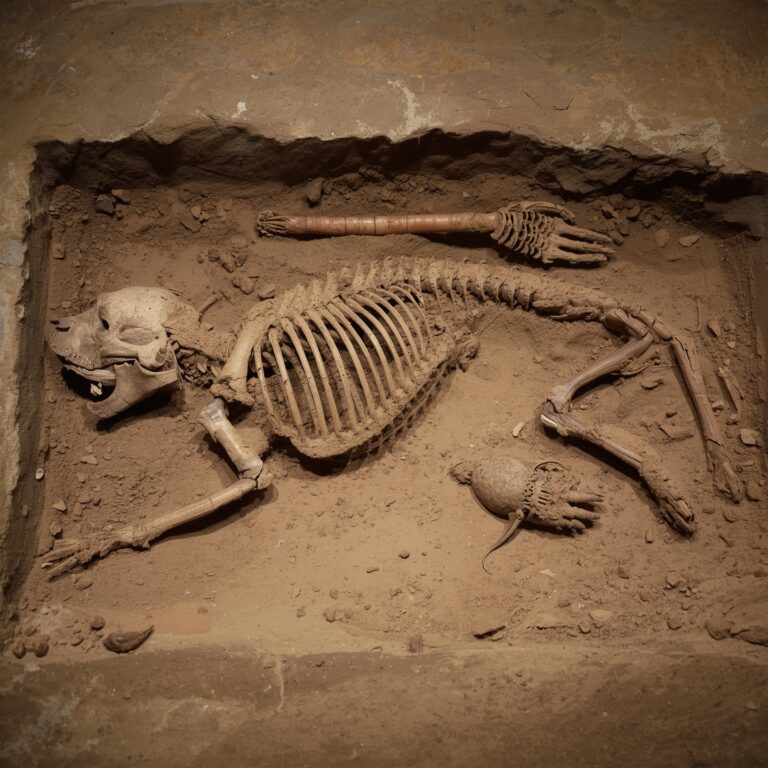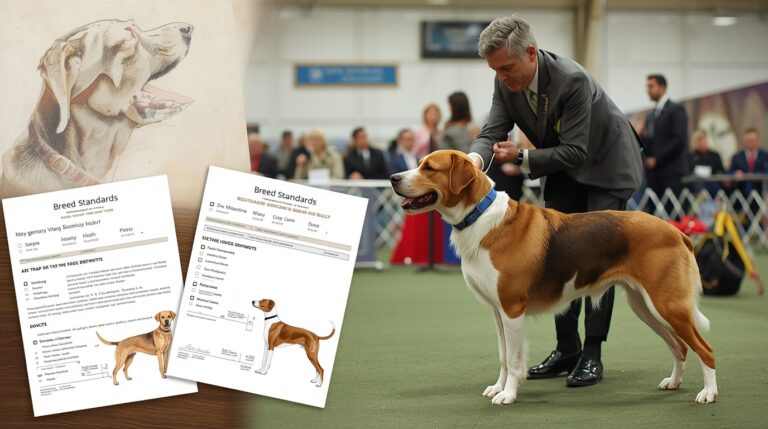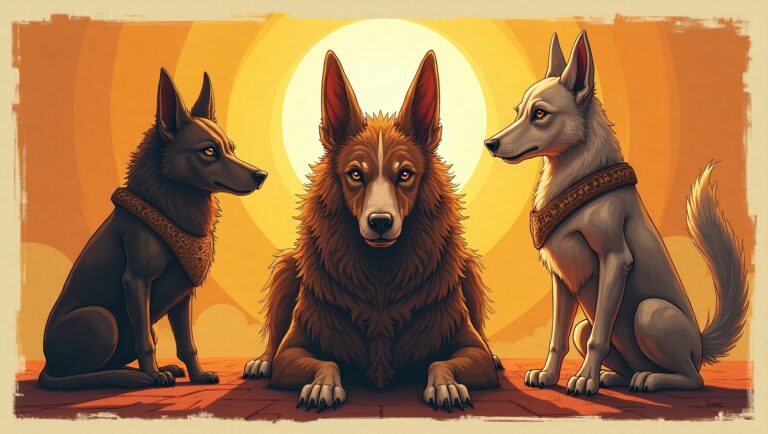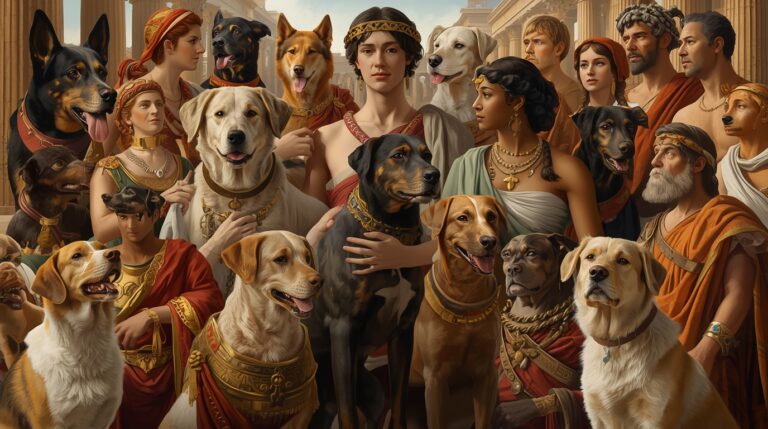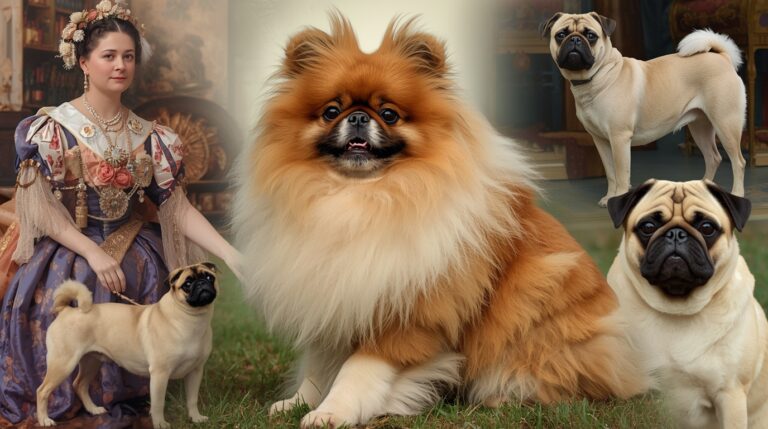Article: Industrial Revolution and Urban Dog Populations
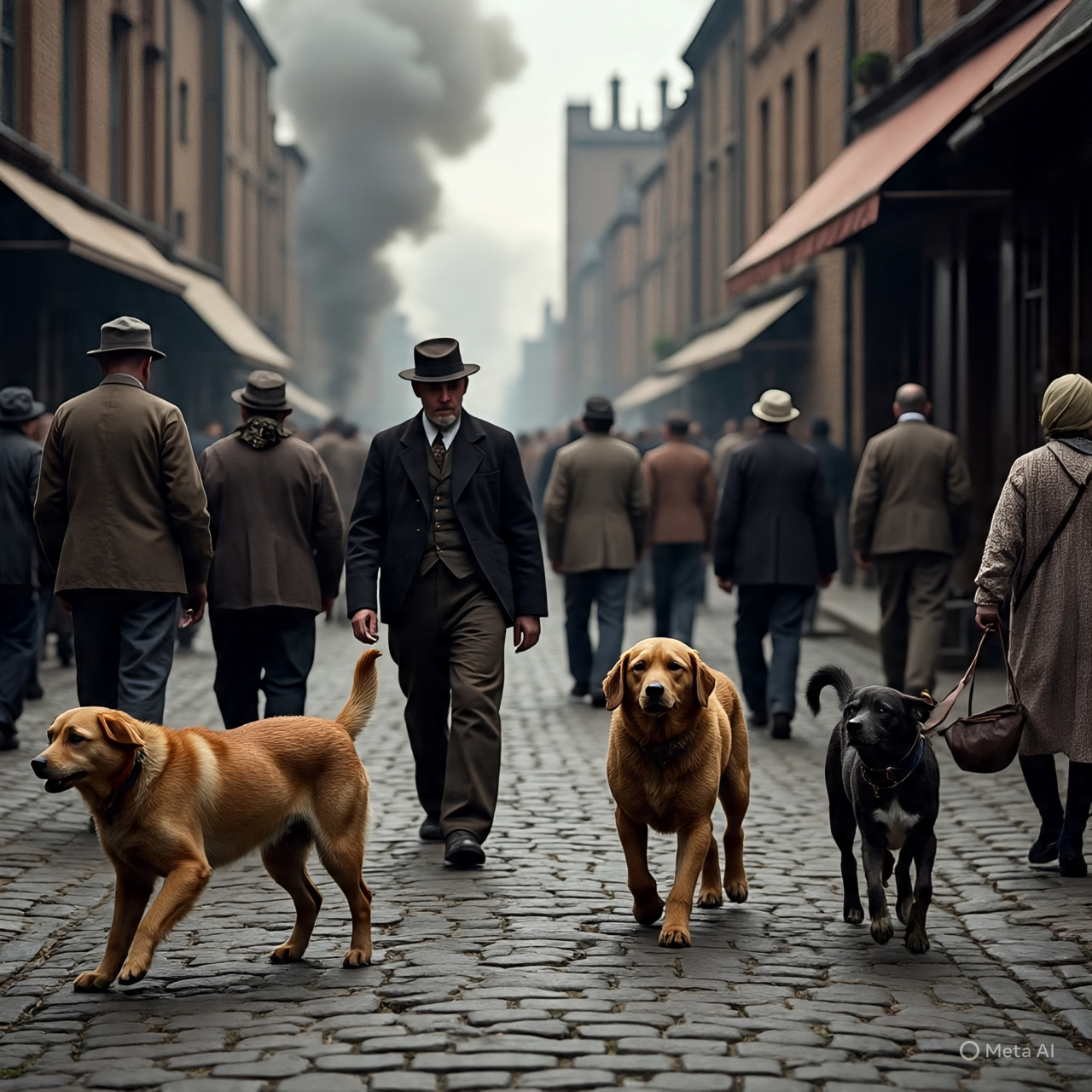
Introduction
The Industrial Revolution transformed not just industries and human lifestyles, but also had profound and lasting effects on urban dog populations. As millions migrated to cities in search of factory work during the 18th and 19th centuries, dogs—long companions of rural households—were drawn into the urban chaos. This article explores how urbanization, mechanization, and social class dynamics reshaped the behavior, roles, and welfare of dogs in industrial cities.
Pre-Industrial Canine Society
Before industrialization, most dogs lived in rural areas, serving as herders, guards, and hunters. In agrarian communities, dogs had practical roles, and stray dogs were rare due to tight-knit village surveillance. Common breeds included Border Collies, Terriers, and Hounds, chosen for functionality over companionship.
The Onset of the Industrial Revolution
Beginning in late 18th-century Britain, the Industrial Revolution triggered massive urban migration. Cities like Manchester, Liverpool, and London expanded rapidly, fueled by mechanization, coal power, and textile production. This shift created densely populated urban spaces, drastically altering the ecological niche that dogs occupied.
Urbanization and Population Density
By 1851, over 50% of Britain’s population lived in urban areas. Densely packed housing, narrow alleys, and overflowing garbage created ideal environments for stray dogs to thrive. These dogs often roamed in packs, scavenging from marketplaces and slaughterhouses. Sanitation was minimal, making canine overpopulation a visible urban issue.
The Rise of Stray Dog Populations
With limited animal control mechanisms, stray populations surged. In 1840s London, it was estimated that over 30,000 stray dogs roamed the streets. These dogs often carried rabies, attacked livestock, and formed a public nuisance. Municipal authorities began deploying dog catchers, but the methods were crude and often brutal.
Working-Class Families and Dogs
Despite poverty, many working-class families kept dogs. These animals offered protection, companionship, and in some cases, practical labor. Dogs were fed table scraps and rarely saw veterinary care, yet bonds were deep. Children often grew up with dogs in cramped quarters, forming a key part of early urban socialization.
Role of Dogs in Working Environments
Certain breeds thrived as urban working dogs. Rat Terriers controlled vermin in factories and breweries, while Bullmastiffs guarded warehouses. In coal mining towns, dogs were trained to detect gas leaks or accompany carts. These roles established the urban working dog as both a tool and a companion.
also read this Modern Canine History (19th Century–Present)
Emergence of Middle-Class Pet Ownership
As cities expanded and a Victorian middle class emerged, dogs transitioned into status symbols. Breeds like Cavalier King Charles Spaniels, Toy Poodles, and Pekingese became popular among aristocratic families. These dogs required grooming and care, reflecting wealth and refinement.
Victorian Breeding Practices
The Victorian era saw the rise of selective dog breeding. The Kennel Club was founded in 1873, formalizing breed standards and promoting dog shows. Breeds were engineered for aesthetics, often sacrificing function. The era also saw a boom in puppy farming to meet demand.
Dogs in Literature and Art
Writers like Charles Dickens depicted dogs as metaphors for social decay or innocence. In Oliver Twist, the character Bill Sikes owns a vicious dog, Bull’s Eye, reflecting his violent nature. Artists like Edwin Landseer romanticized dogs, painting them as loyal and noble companions.
Public Health Concerns
Rabies, fleas, and zoonotic diseases posed growing threats. In 1830, rabies was so prevalent that London instituted temporary dog bans during summer months. Poor sanitation, combined with uncontrolled canine breeding, made dogs a public health risk.
Animal Control Laws and Licensing
To curb overpopulation and rabies, authorities passed the Dogs Act of 1871, allowing magistrates to control “dangerous dogs.” In 1867, dog licenses were introduced in the UK. Enforcement varied, but these laws marked a turning point in state-sanctioned control of animal populations.
Creation of Animal Welfare Institutions
The RSPCA, founded in 1824, played a critical role in advocating for humane treatment of animals. It lobbied for anti-cruelty laws, regulated slaughterhouses, and educated the public about compassionate pet ownership. This marked the beginning of organized animal welfare.
Evolution of Urban Infrastructure for Animals
Cities began constructing dog pounds, initiating animal shelter systems, and creating public veterinary services. By 1900, London had designated areas for walking dogs, and specialized dog cemeteries appeared in Hyde Park and other urban centers.
Dog Behavior and Adaptation
Urban dogs displayed notable behavioral changes. Increased aggression, anxiety from noise pollution, and territorial behaviors emerged. Some breeds, like the Labrador Retriever, adapted better due to their temperament, while others struggled in confined city life.
Breed Adaptations to City Life
Small, quiet breeds became favorable in Victorian apartments. Breeds like the French Bulldog, Pug, and Yorkshire Terrier were ideal for indoor living. Conversely, rural breeds like the Collie or Greyhound declined in urban settings.
Dogs and Class Stratification
Dog ownership highlighted social divides. While upper classes bred and pampered lapdogs, the urban poor often coexisted with stray dogs or kept mongrels for safety. Dogs became extensions of class identity and lifestyle.
Early Urban Animal Advocacy
Animal rights pioneers like Frances Power Cobbe wrote essays denouncing animal cruelty. Public campaigns in newspapers pushed for regulated dog catching, and children’s literature taught kindness toward animals—laying groundwork for modern pet ethics.
Global Spread of the Urban Dog Phenomenon
As industrialization spread to France, Germany, and the United States, similar patterns followed. In Paris, stray dogs became a fixture of city parks. In New York City, dog pounds and leash laws emerged by the 1880s. The urban dog became a global phenomenon.
Lasting Impact on Modern Urban Dog Life
Today’s city dogs—from service animals to Instagram-famous pets—owe much of their urban ancestry to 19th-century transformations. Infrastructure like dog parks, vet clinics, and dog-friendly housing reflects institutional legacies that began during the Industrial Revolution.
Conclusion
The Industrial Revolution didn’t just shape railroads, factories, and cities—it fundamentally transformed urban dog populations. From working-class companions to middle-class status symbols, dogs adapted, struggled, and survived in rapidly industrializing environments. Their journey reflects broader changes in urban planning, social structure, and human compassion.
